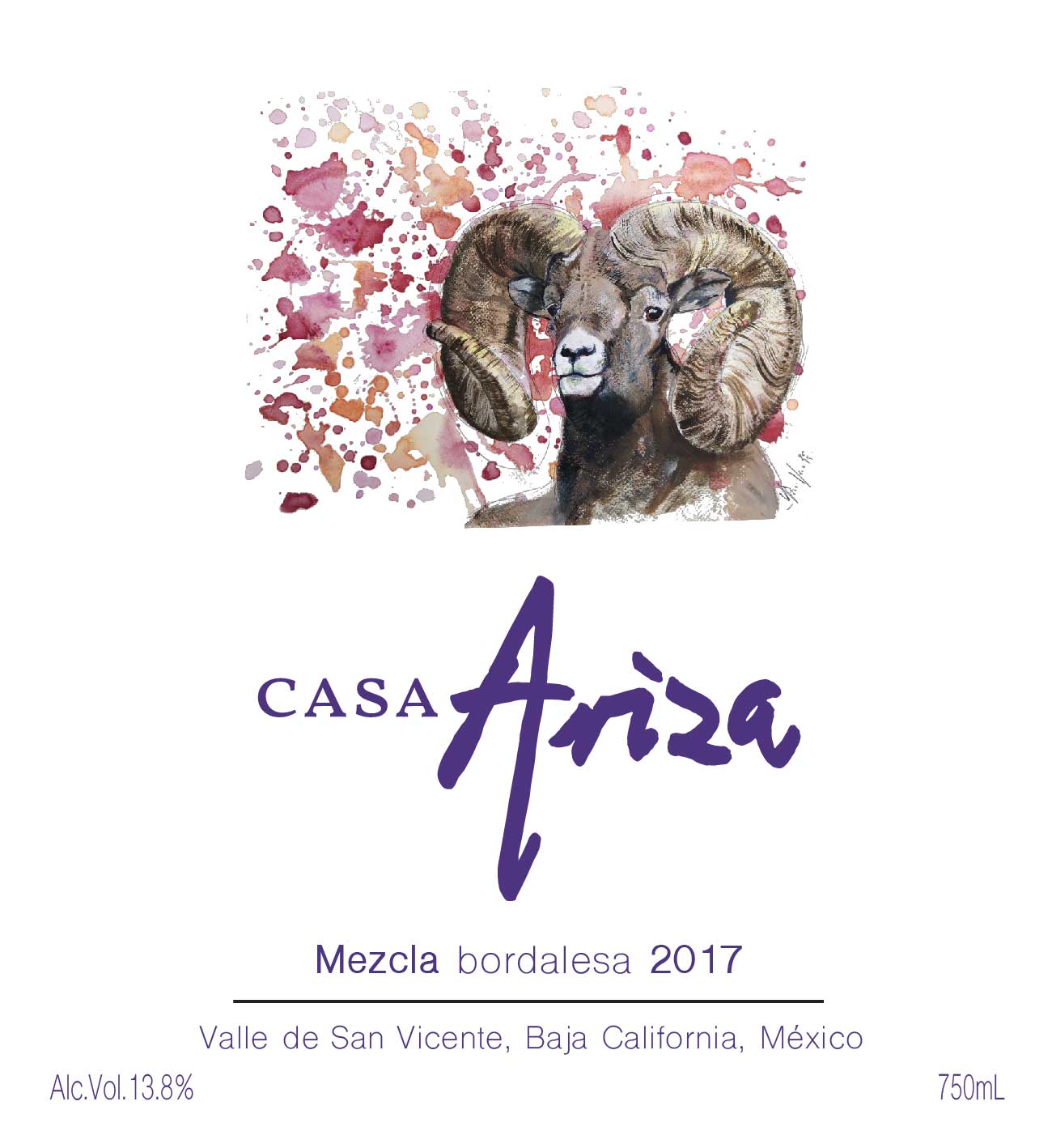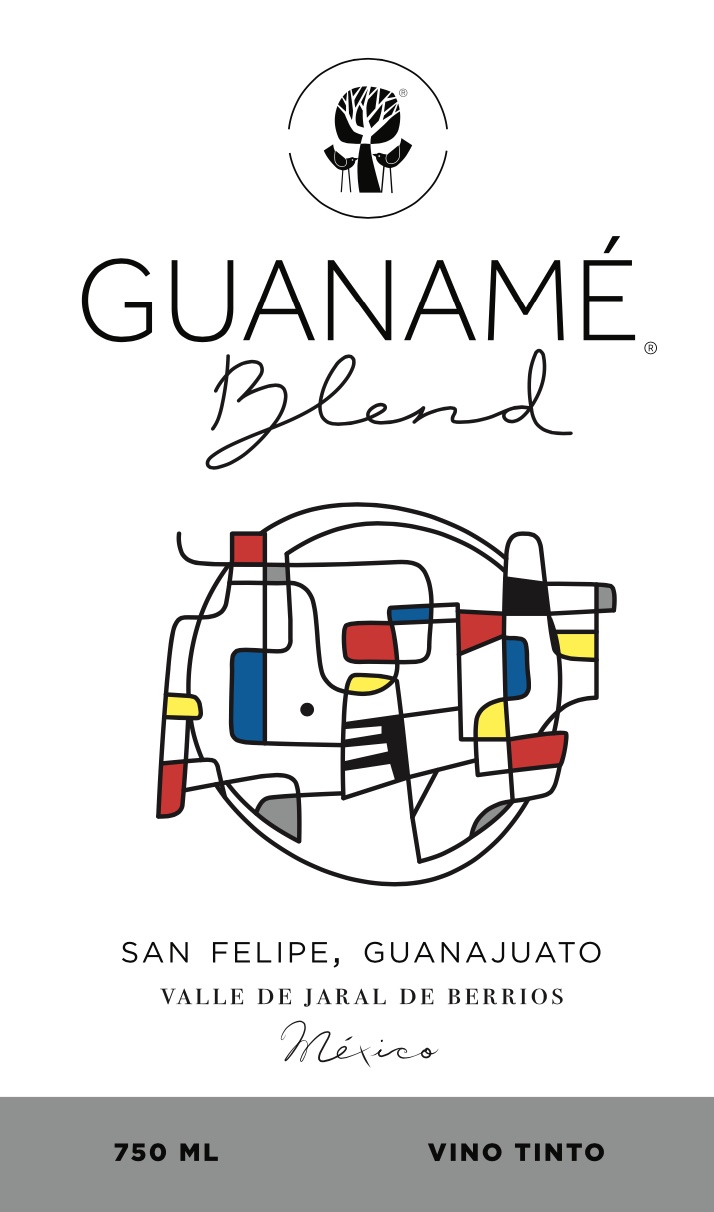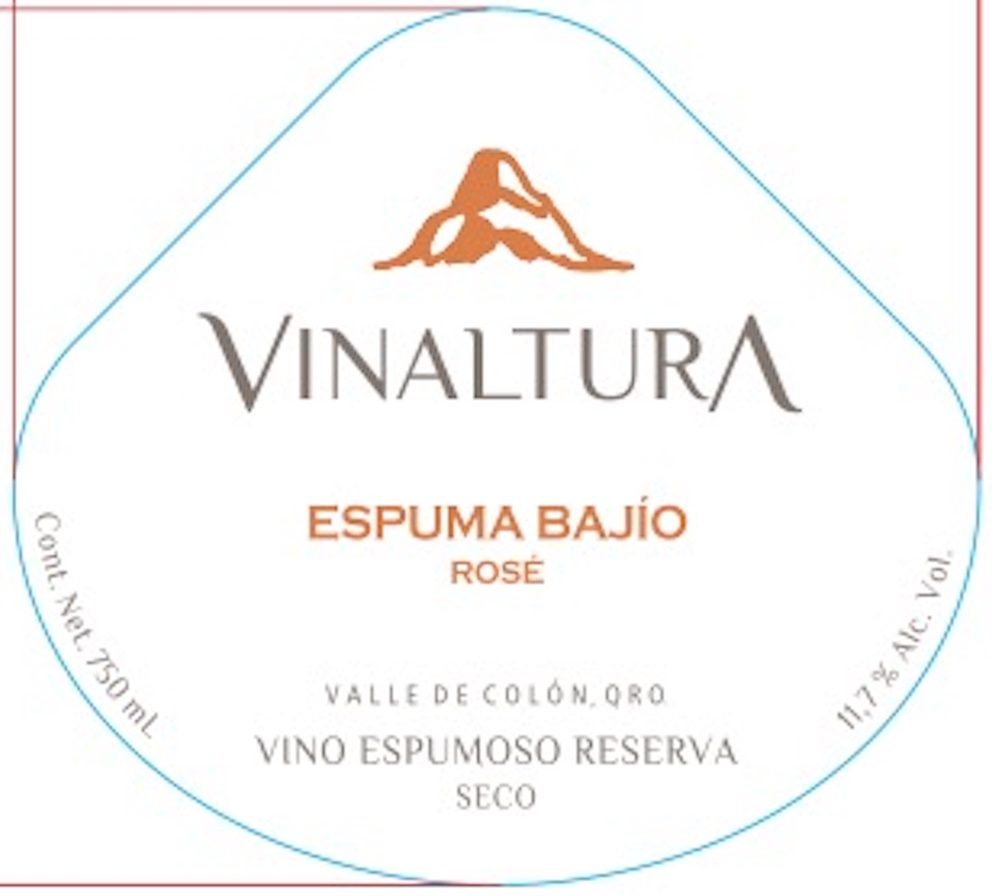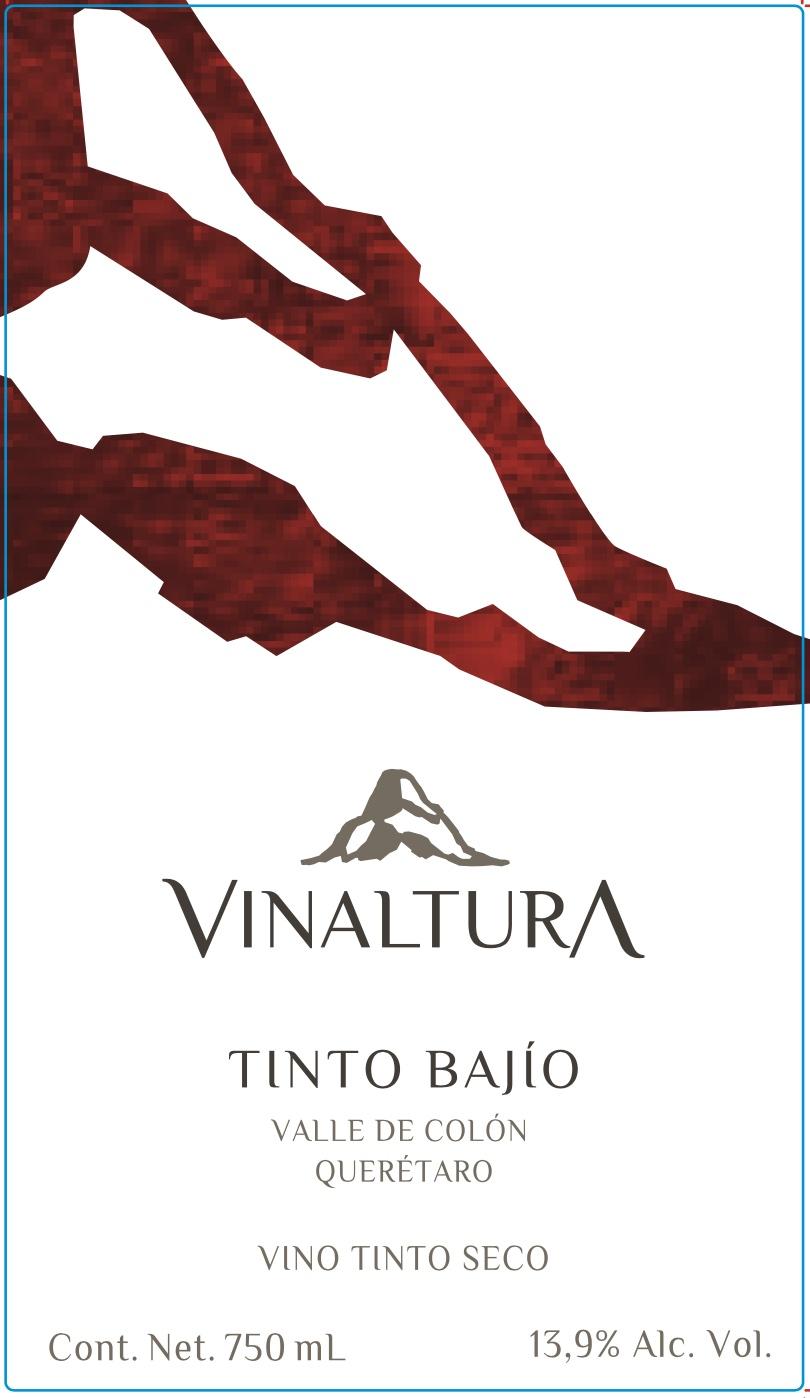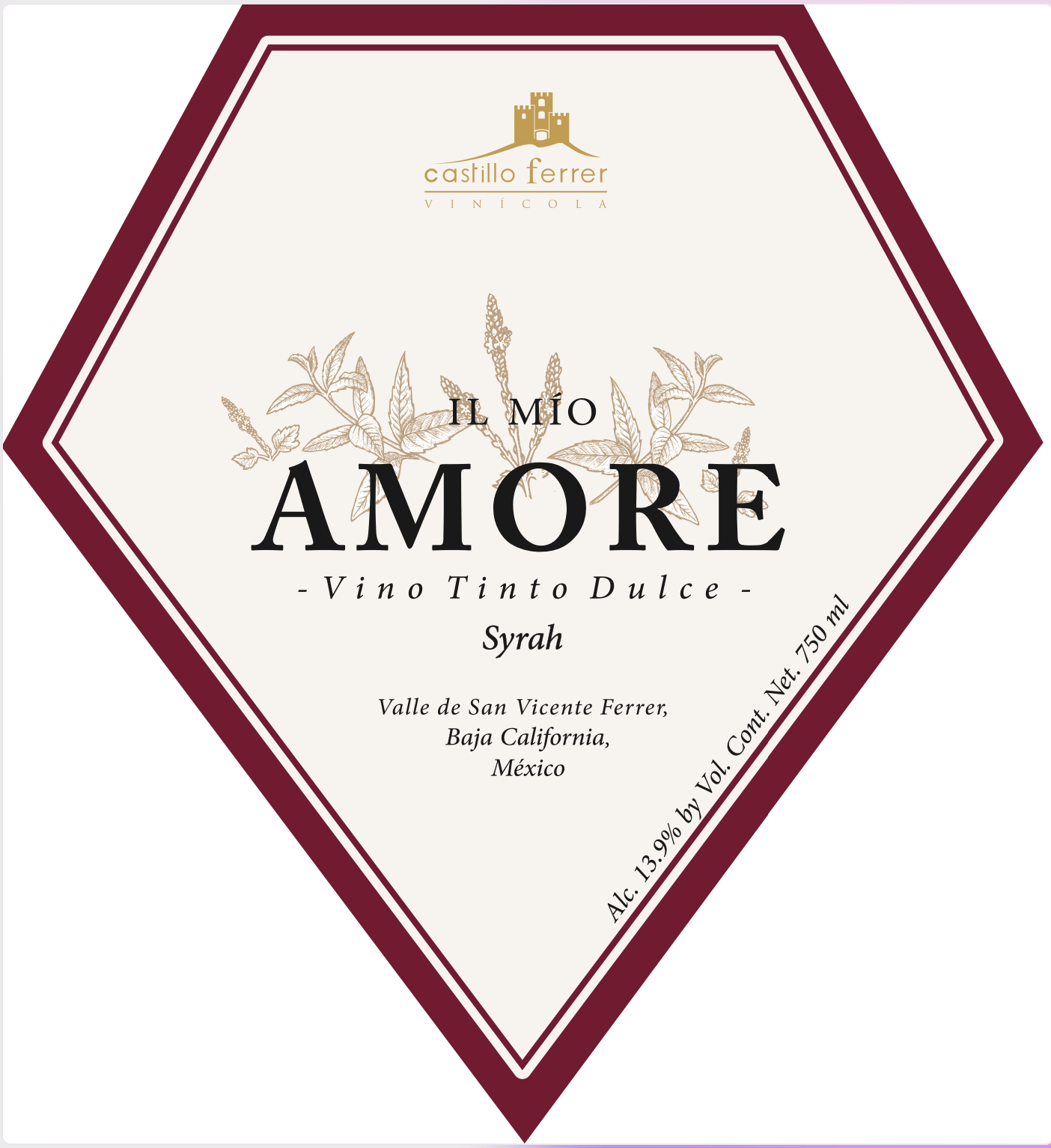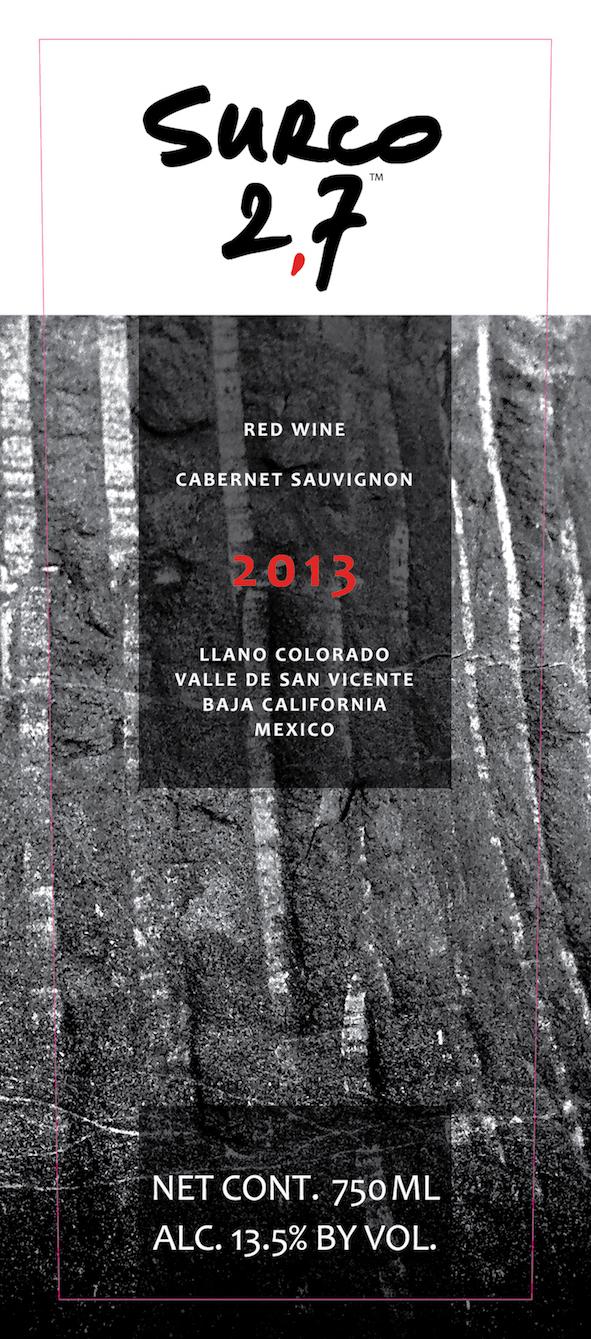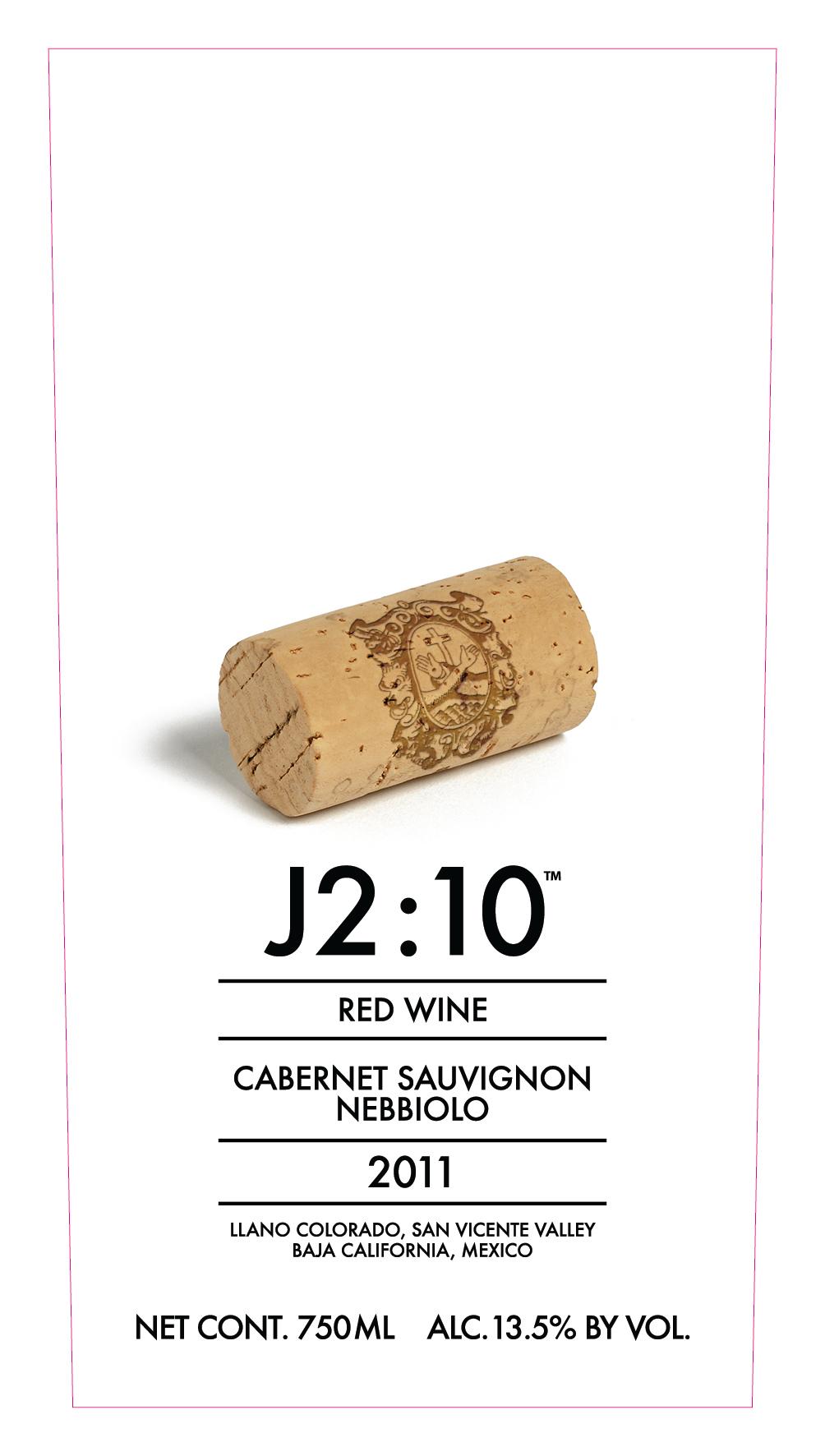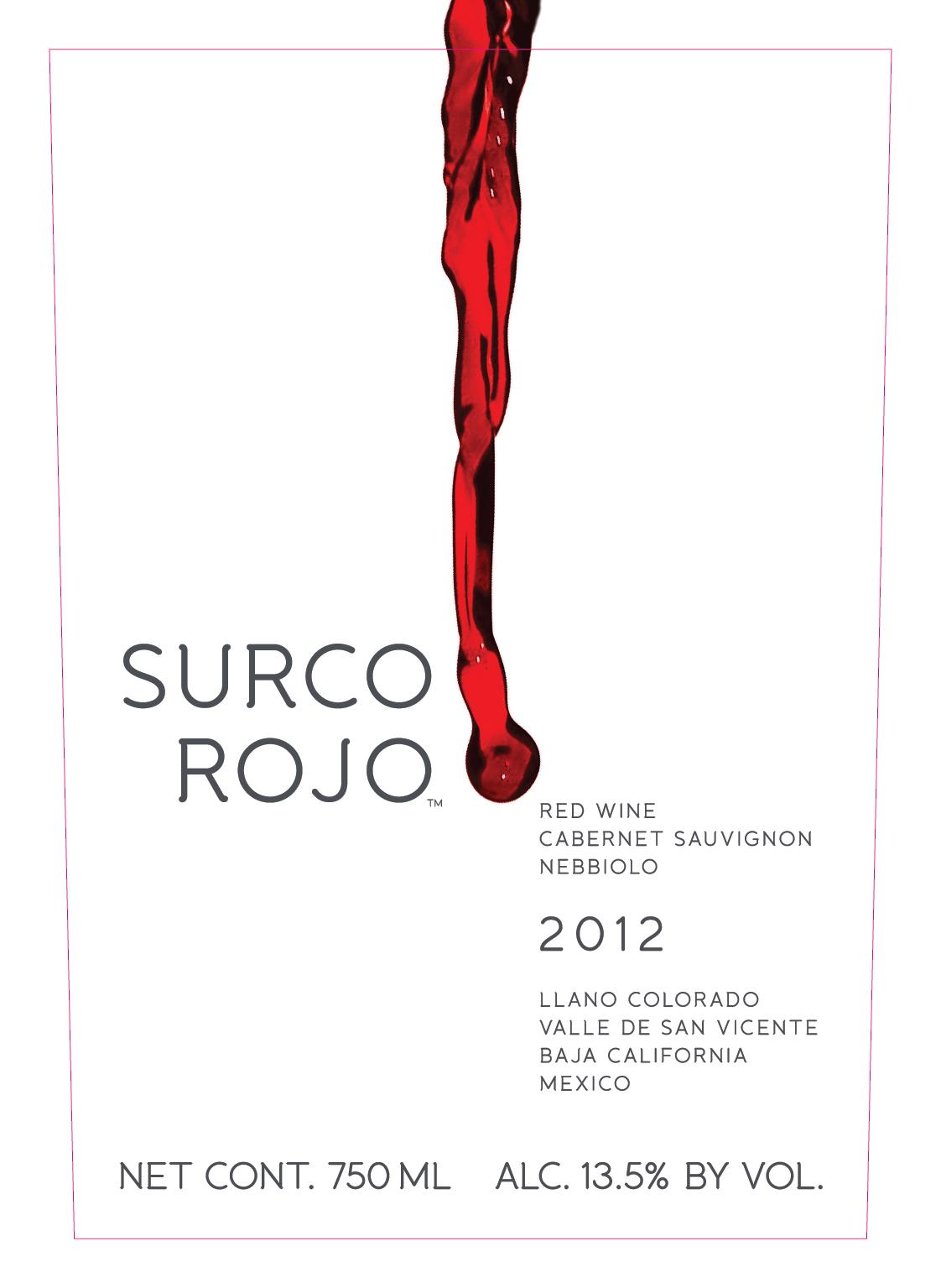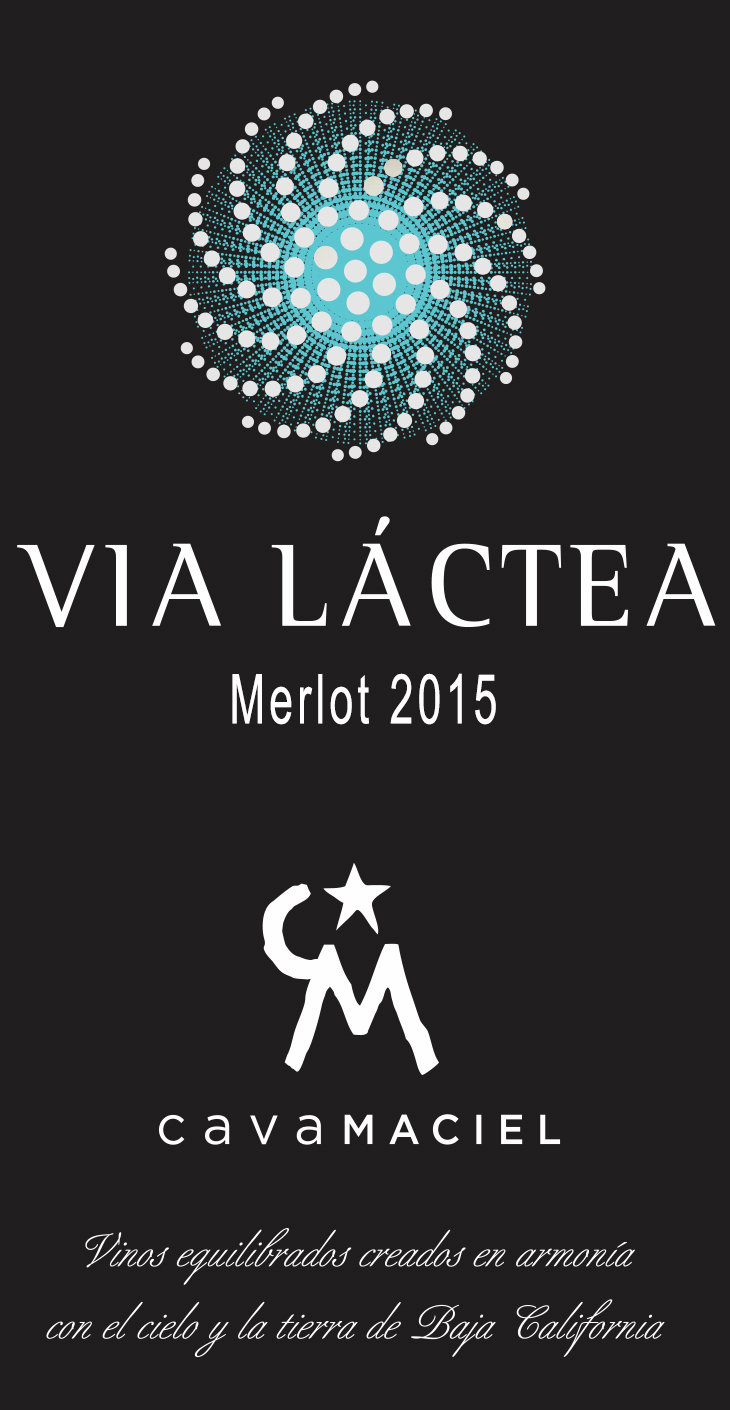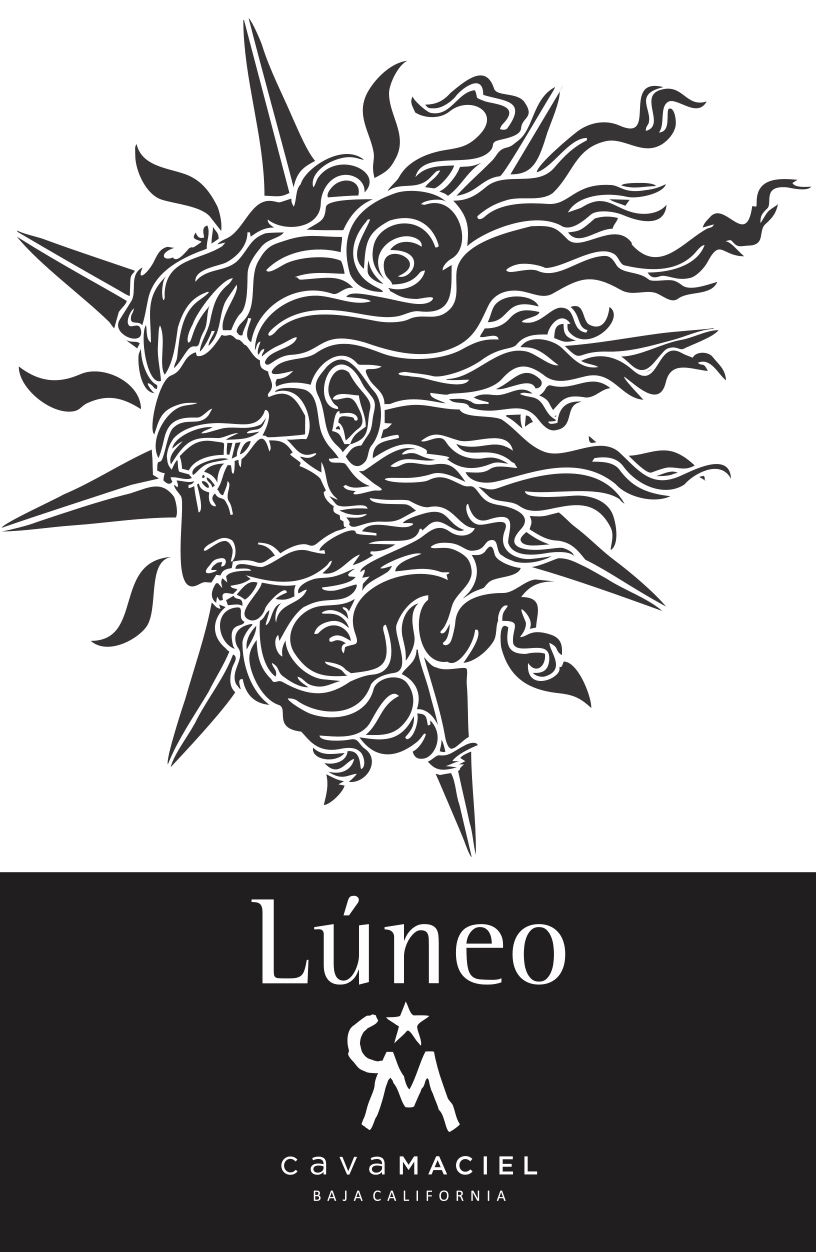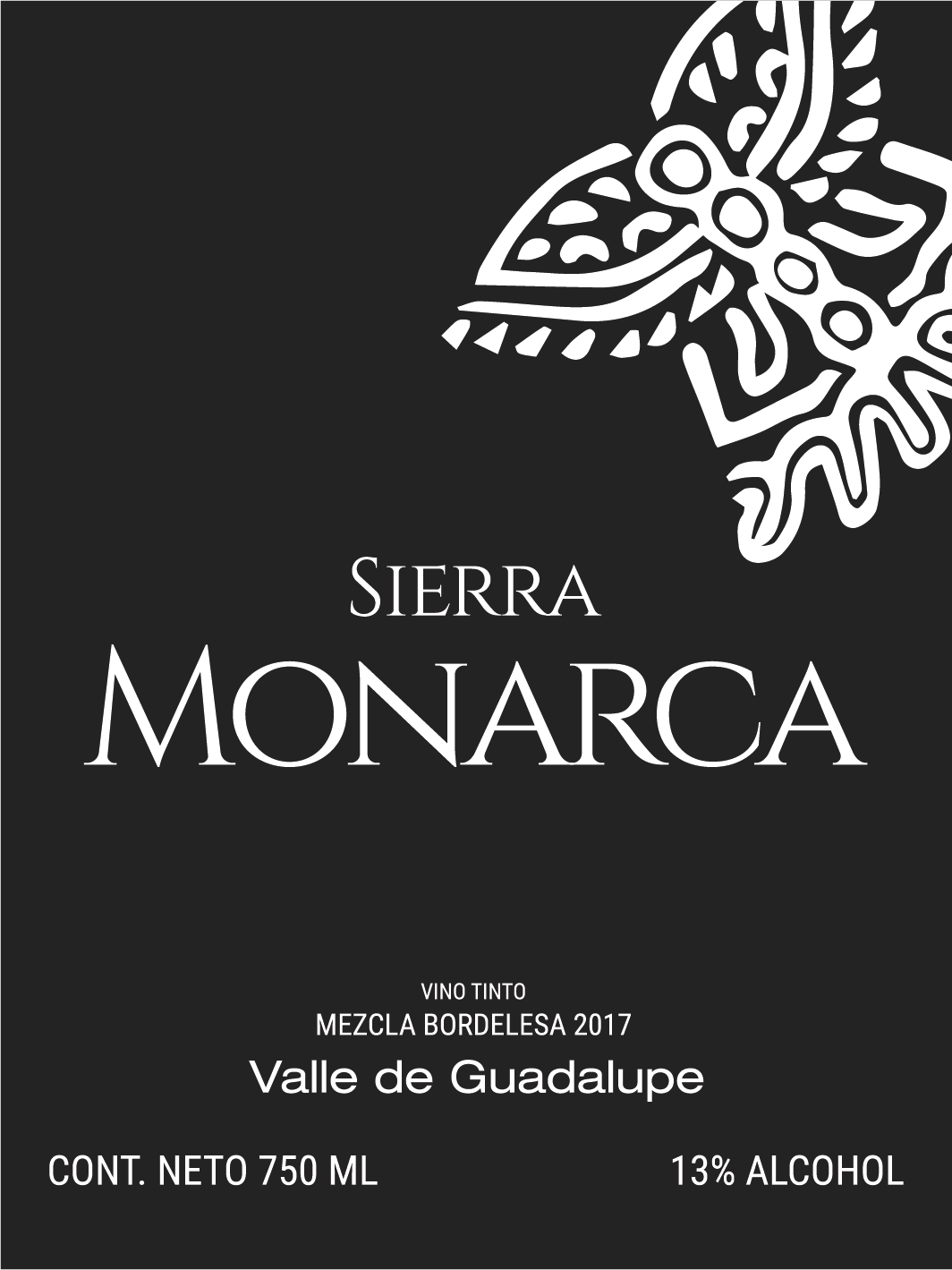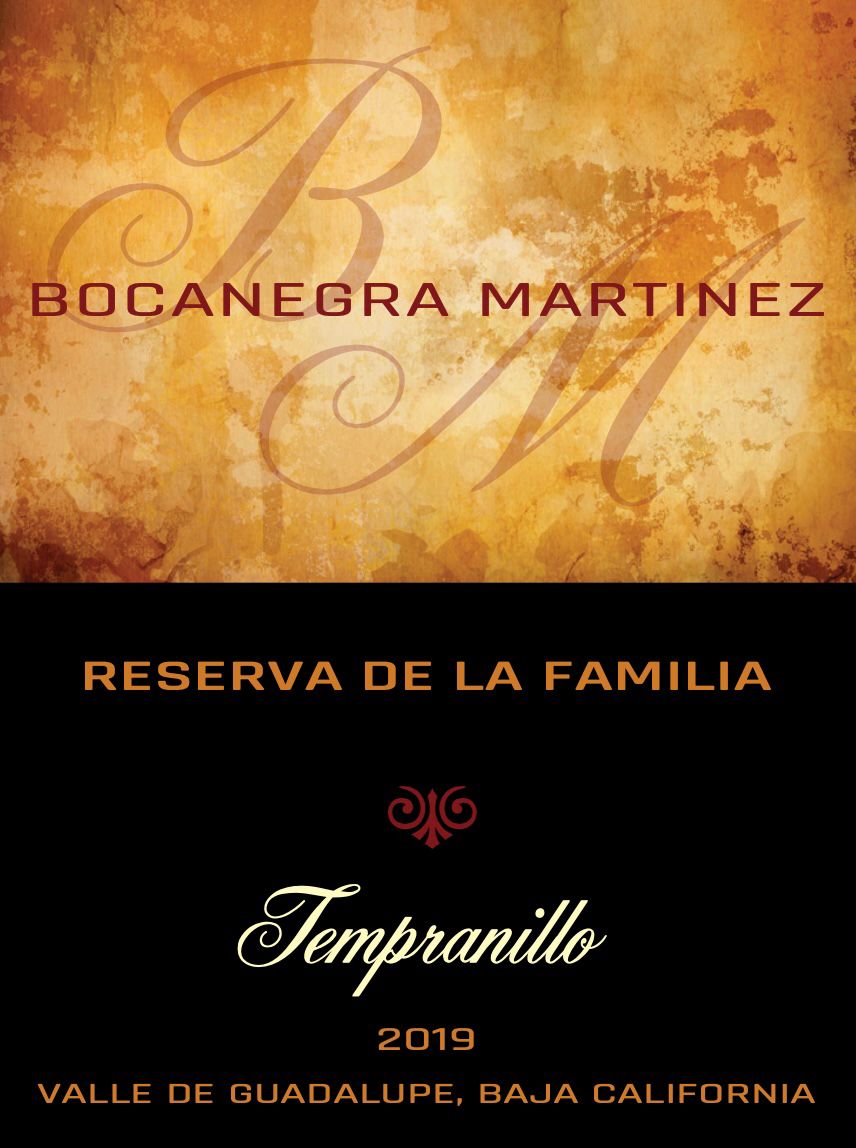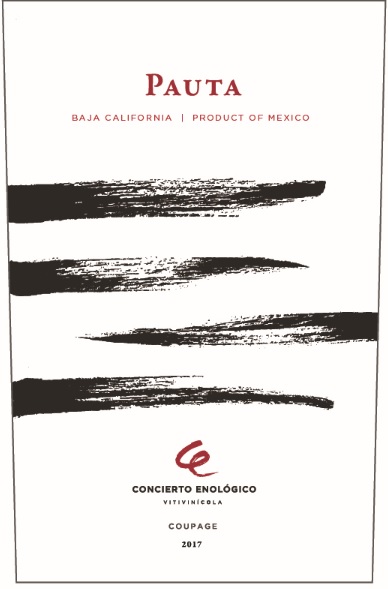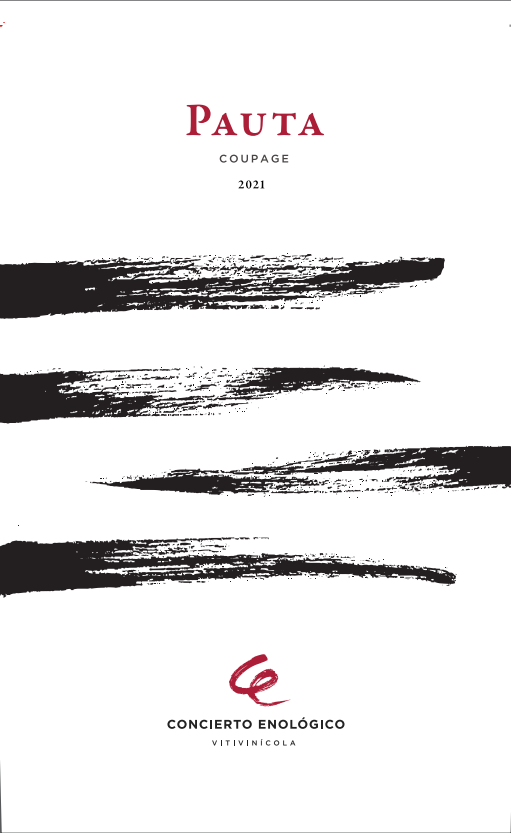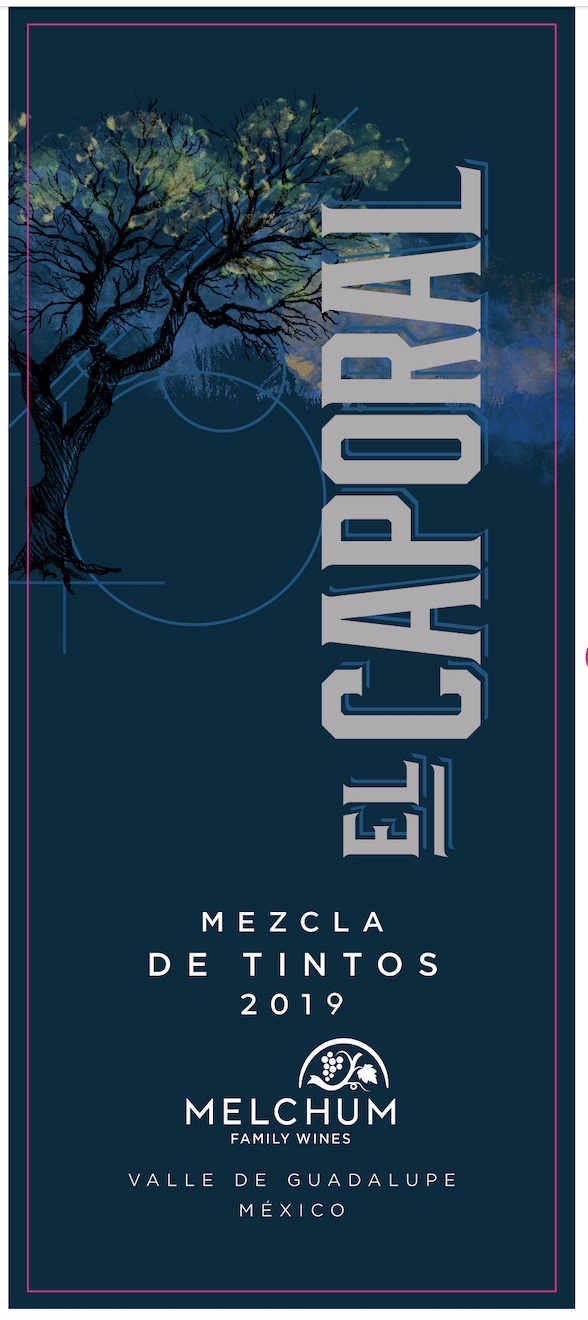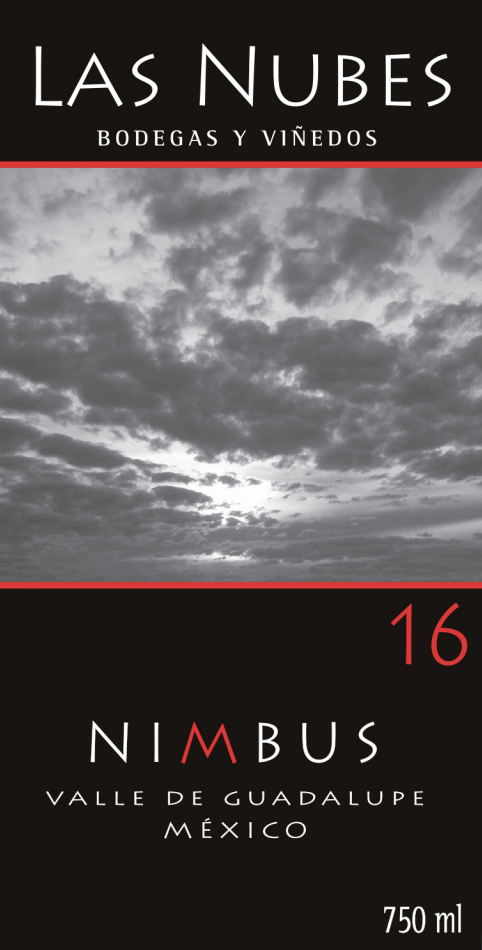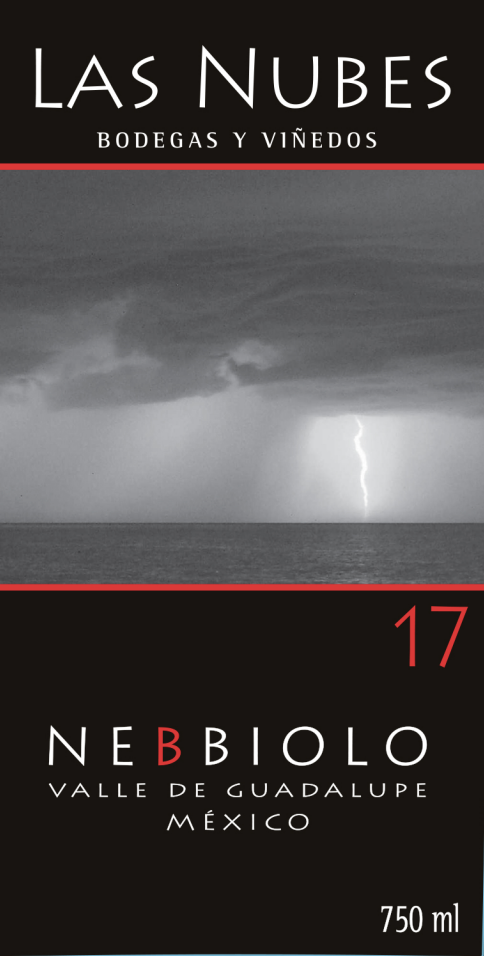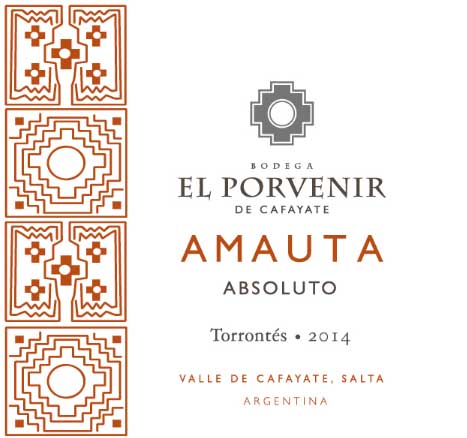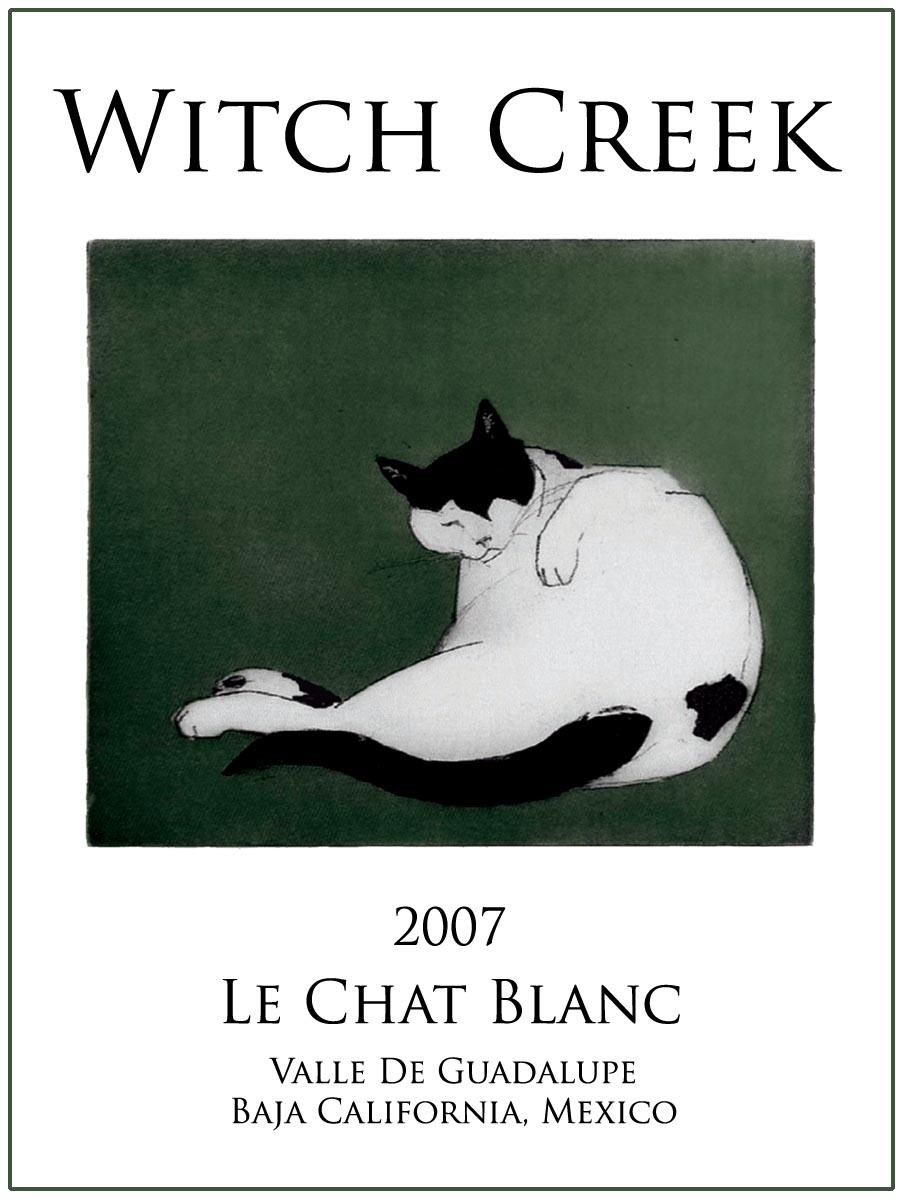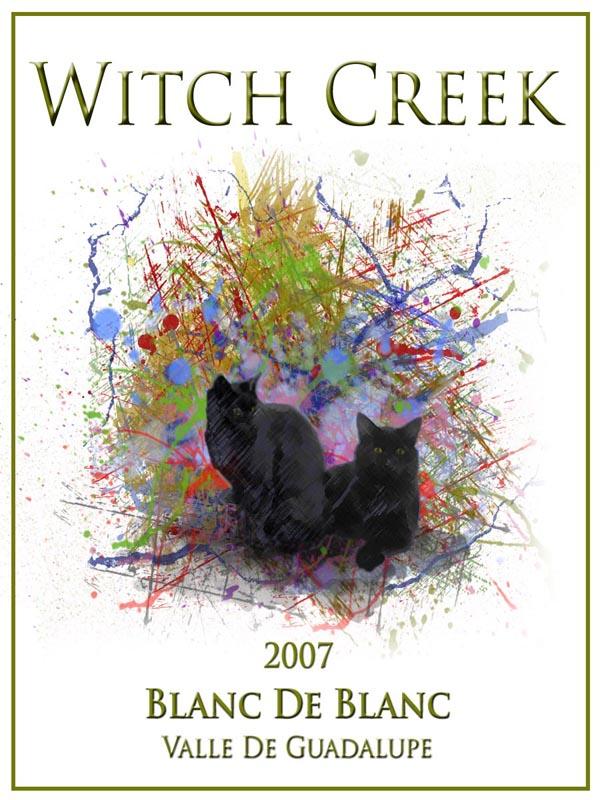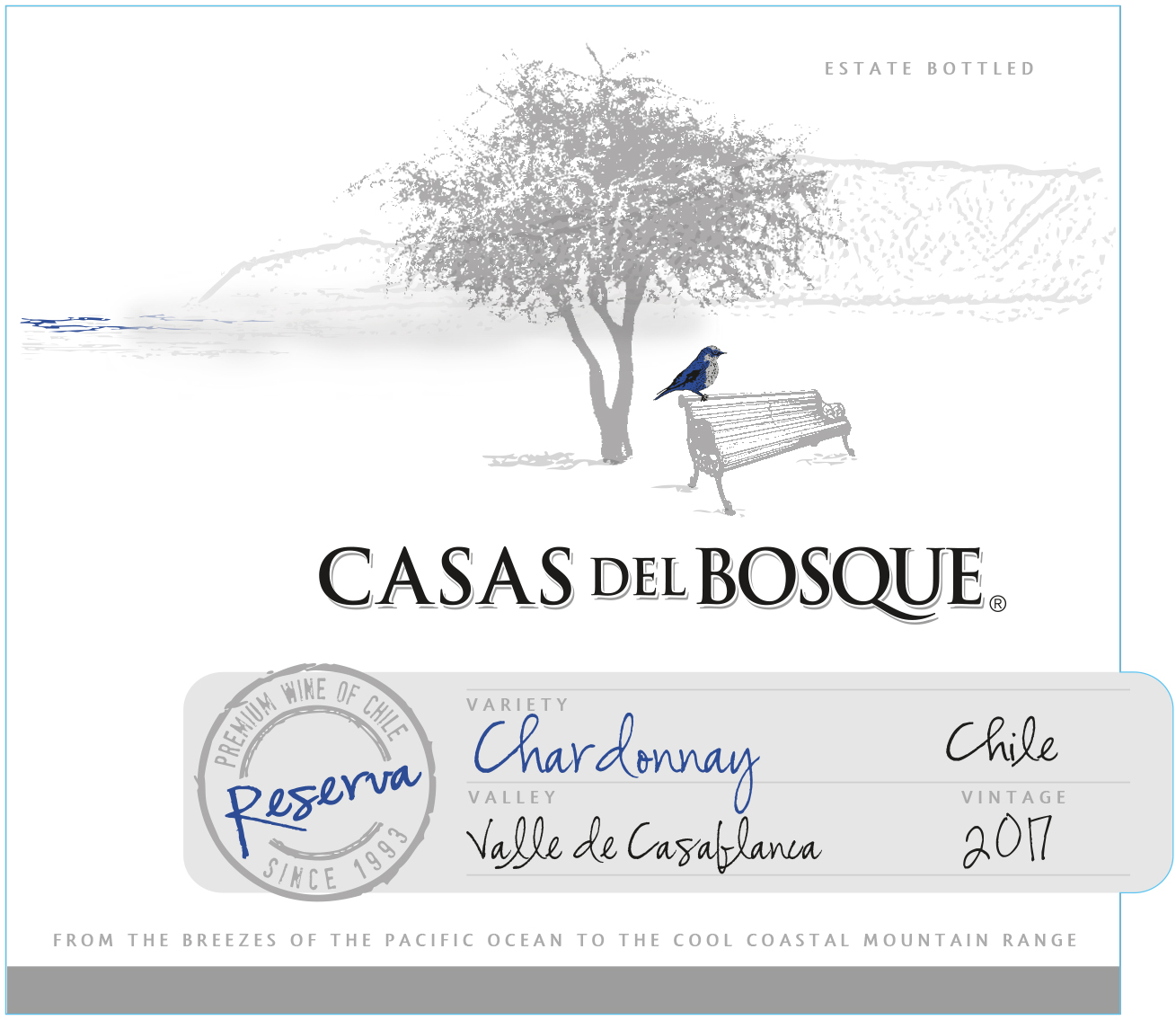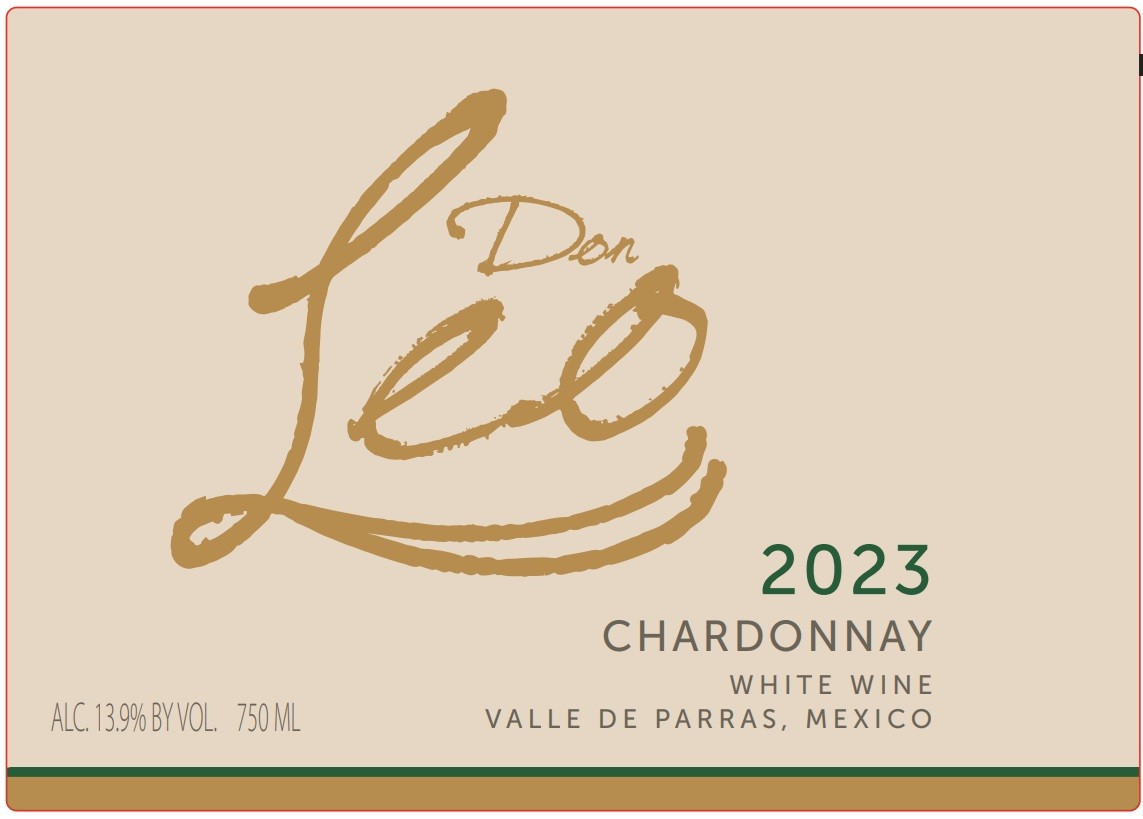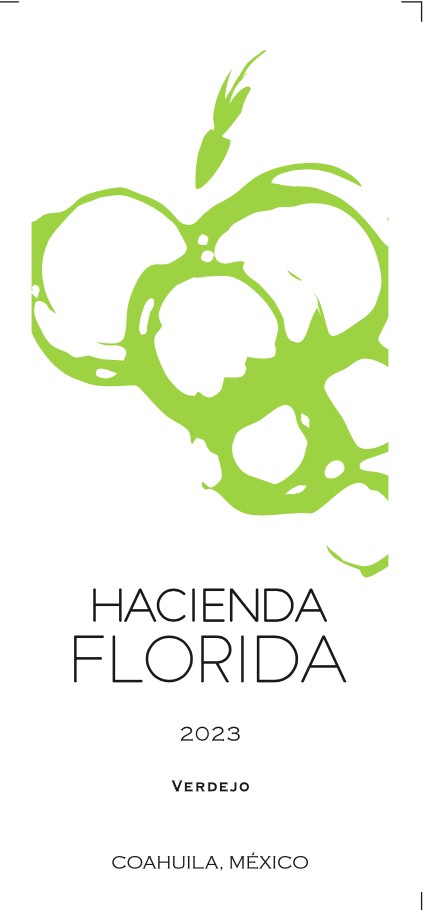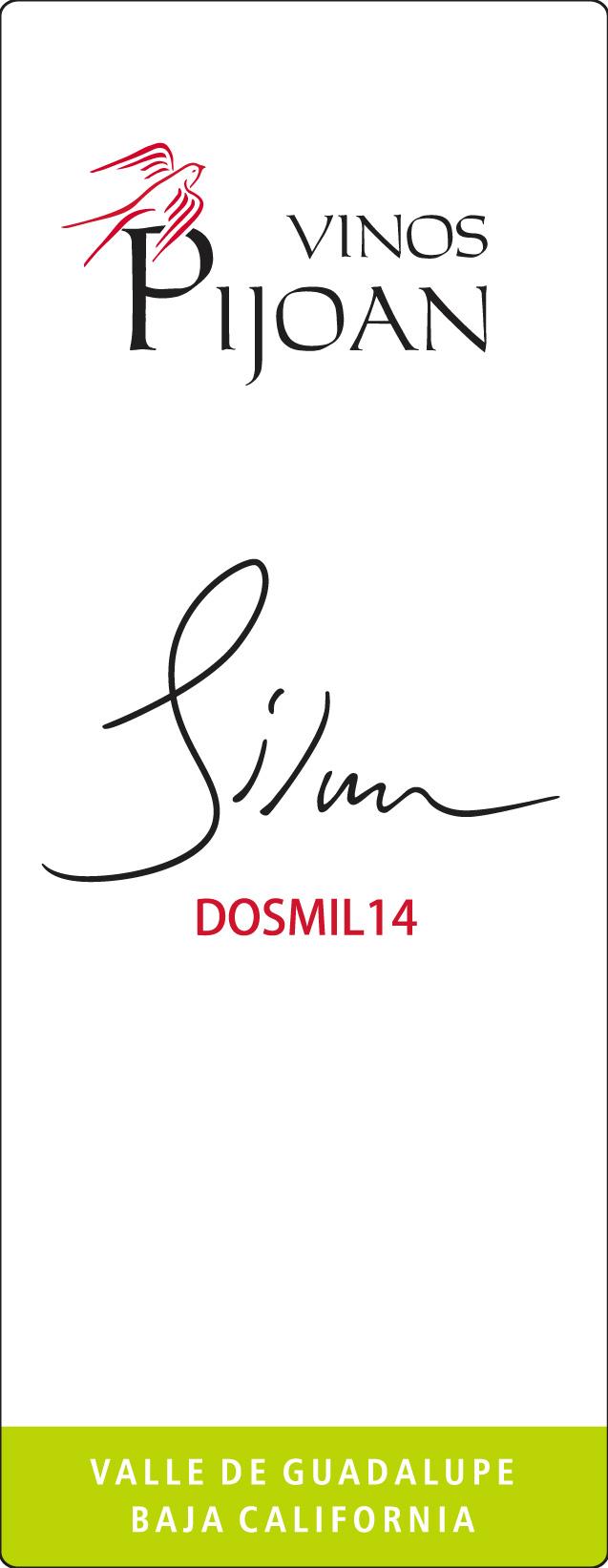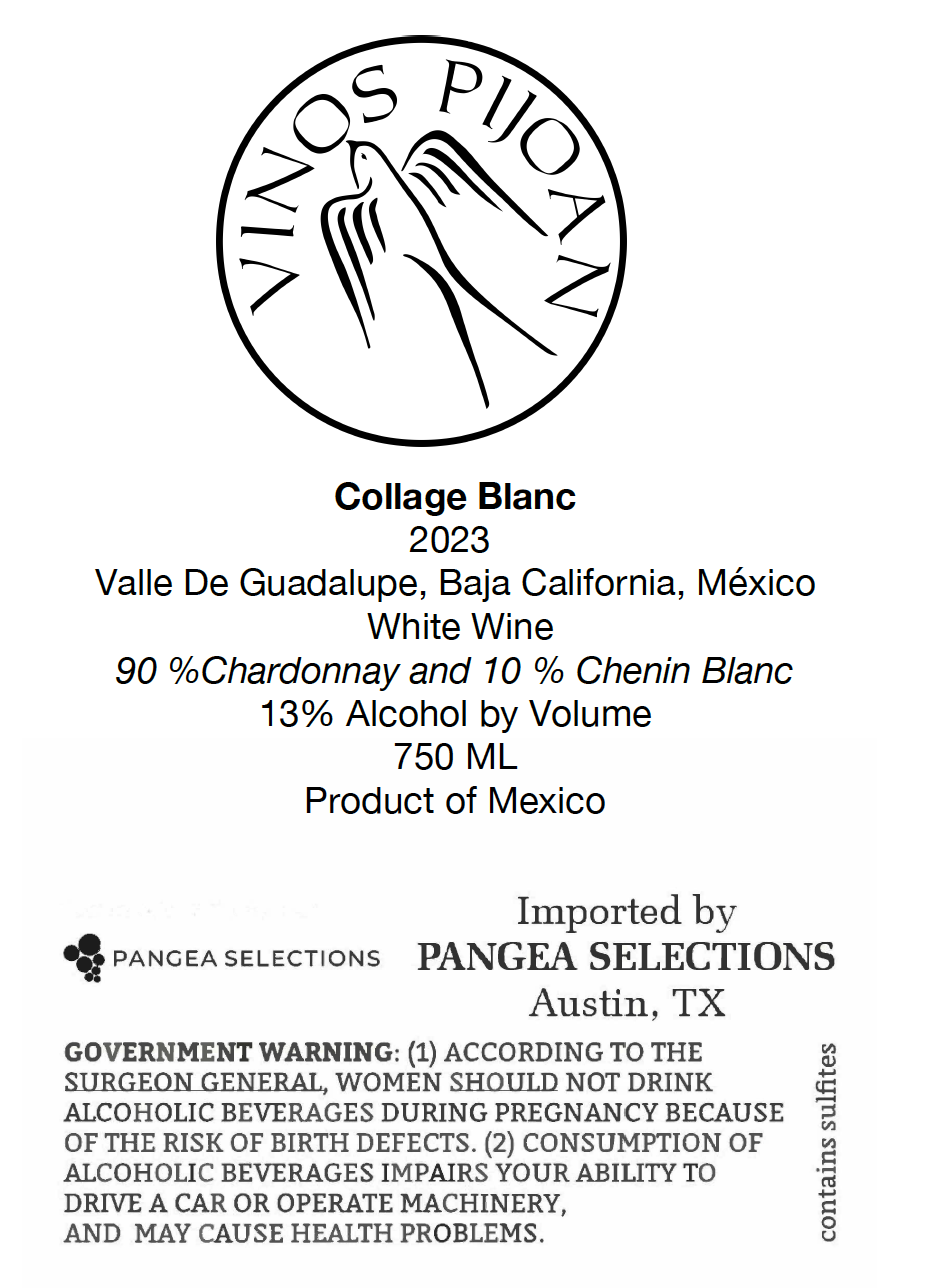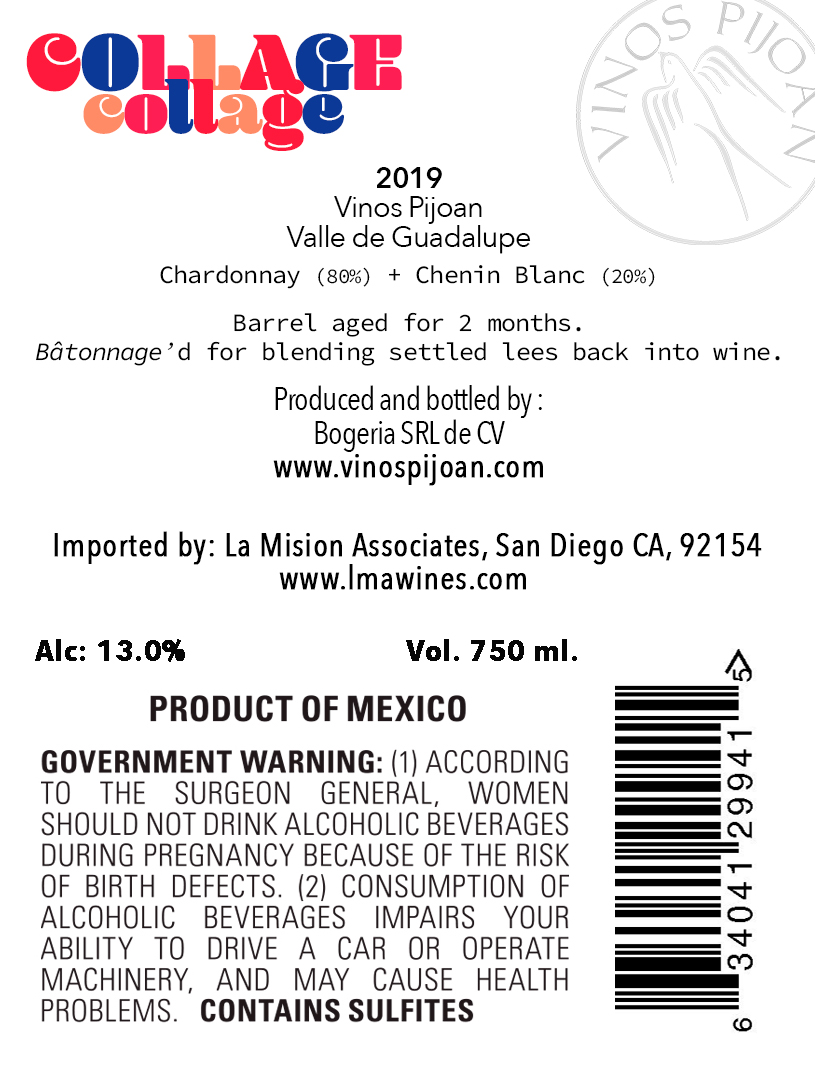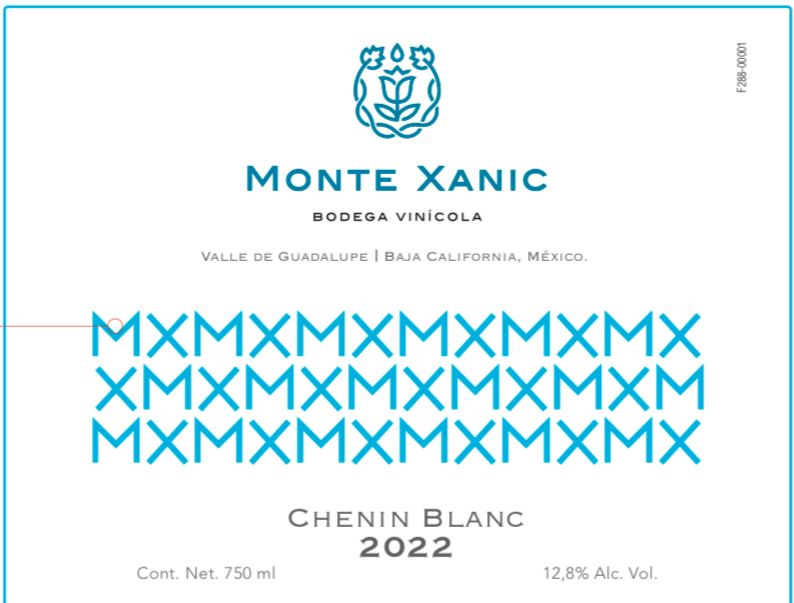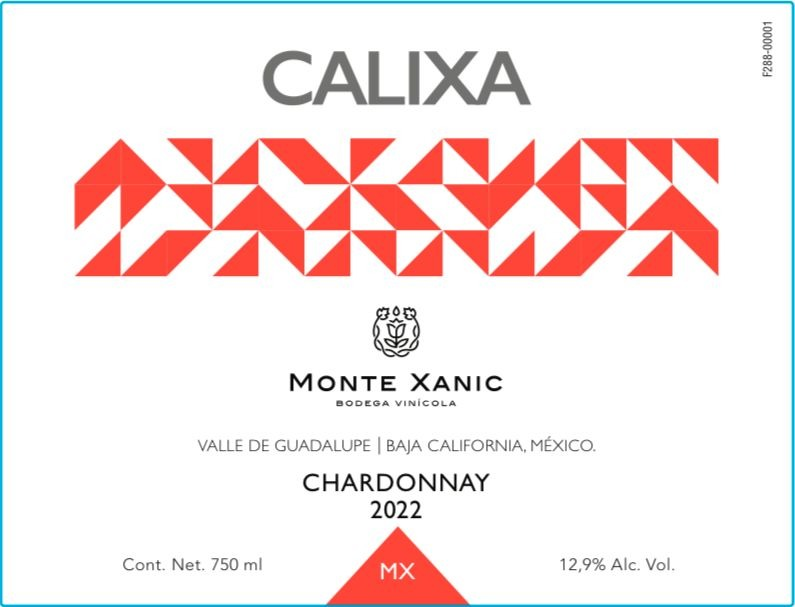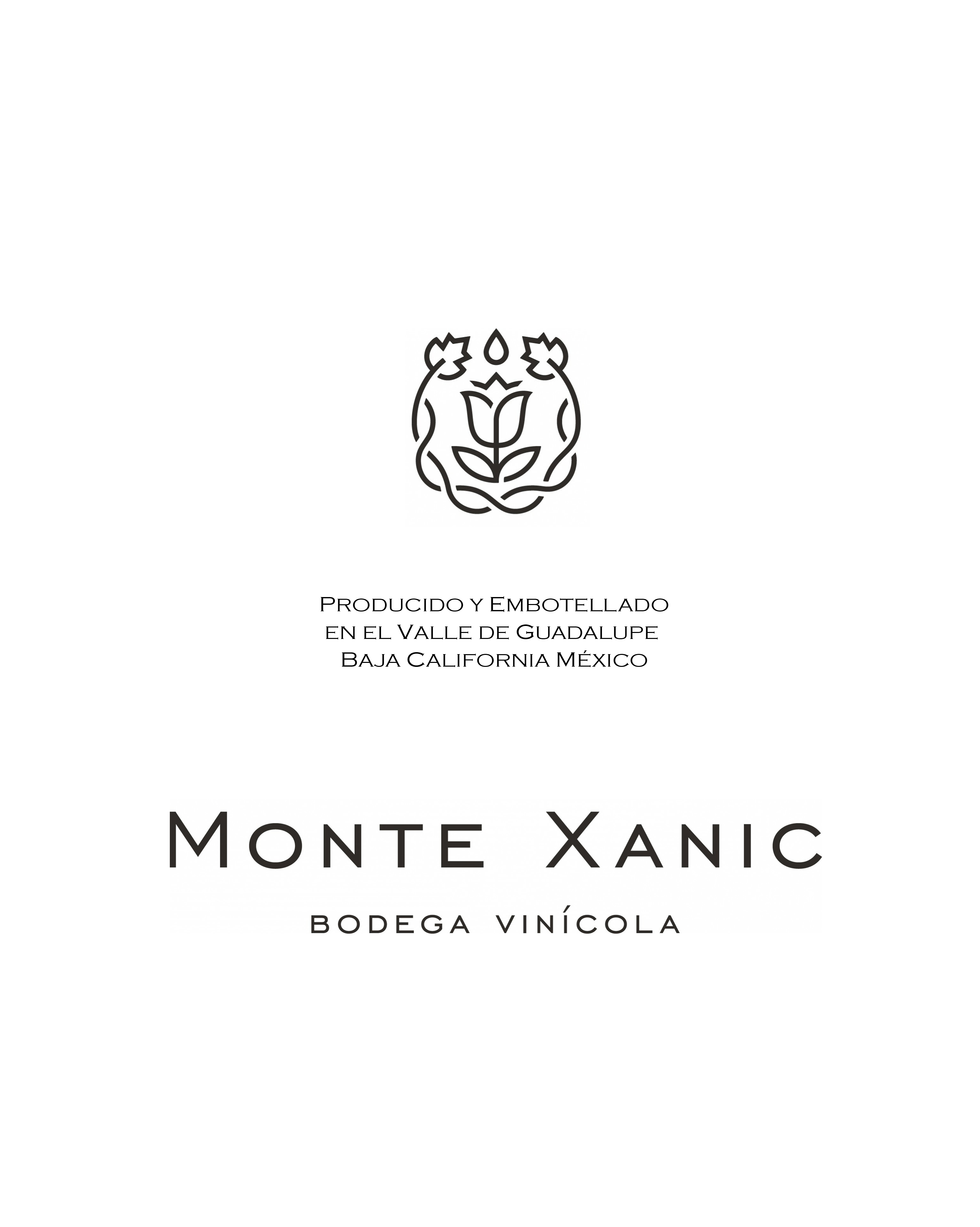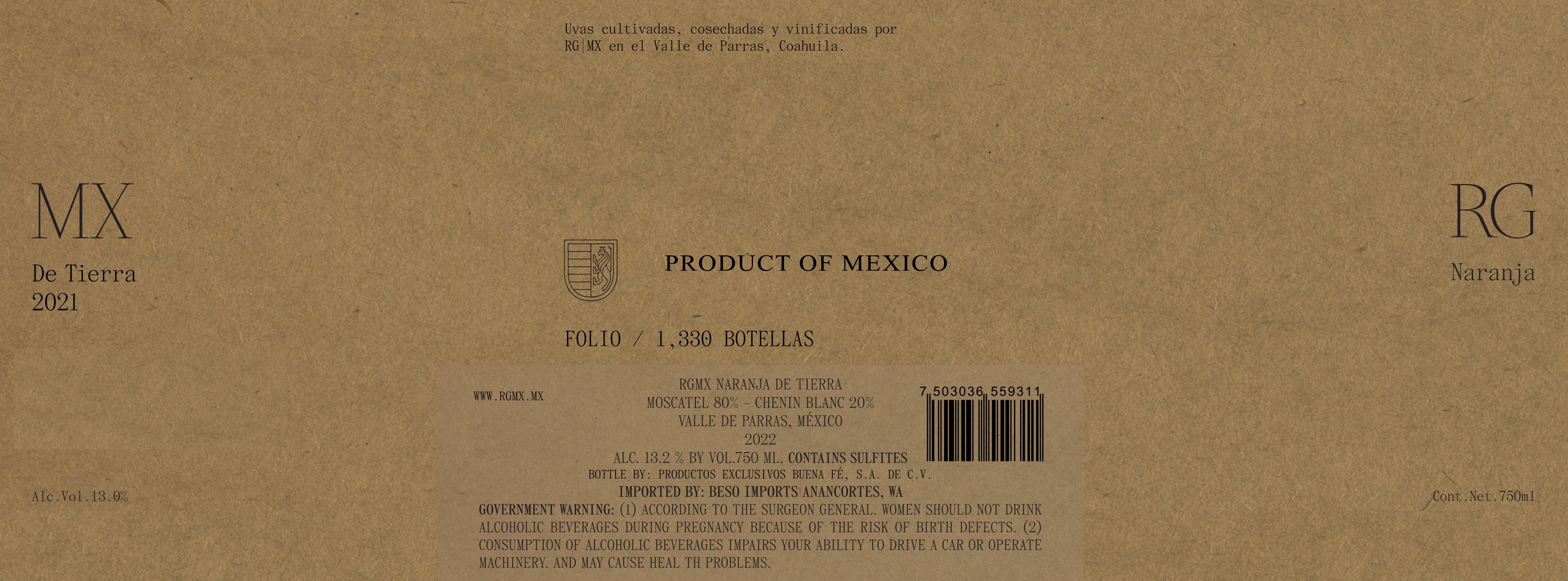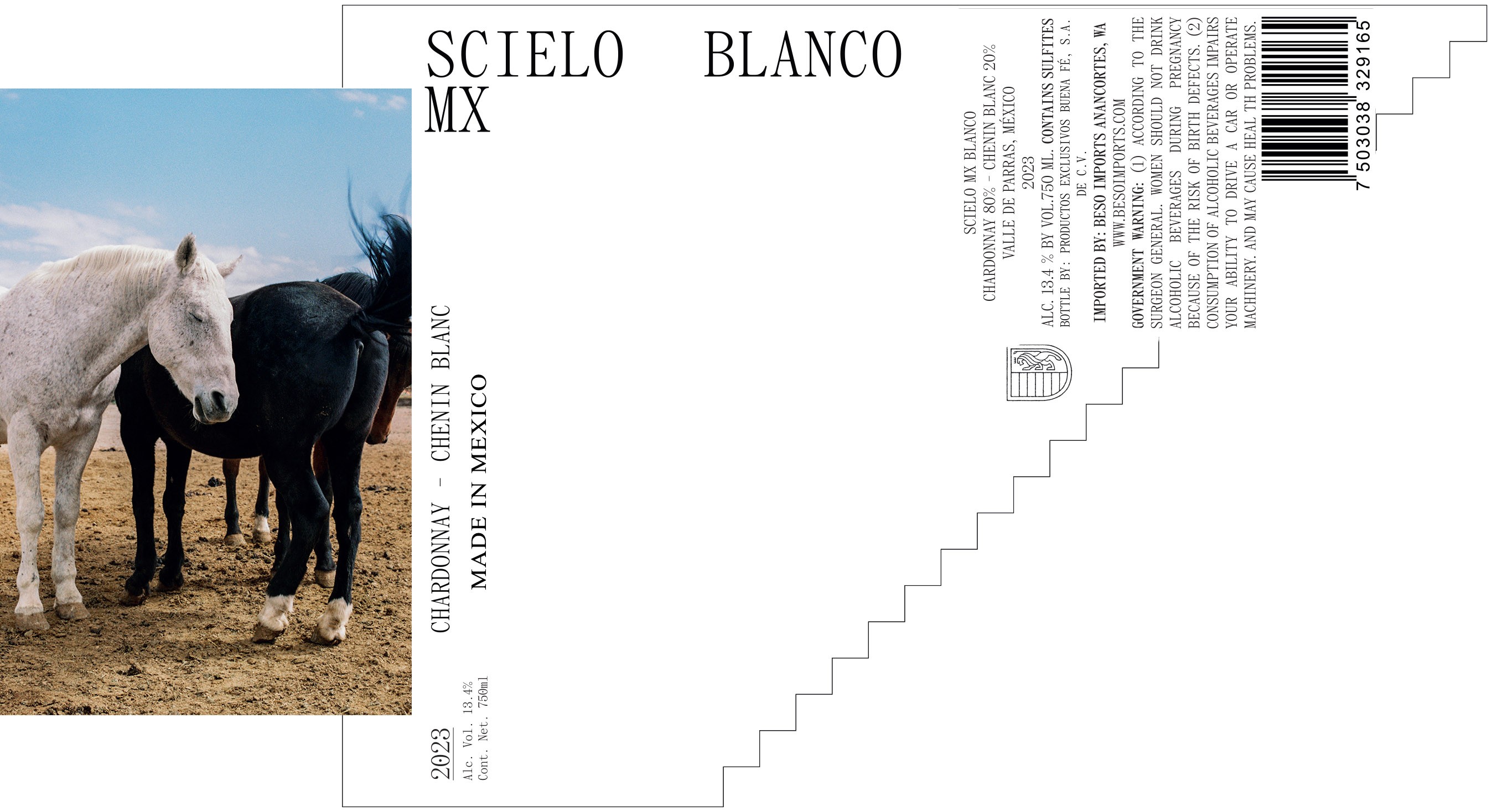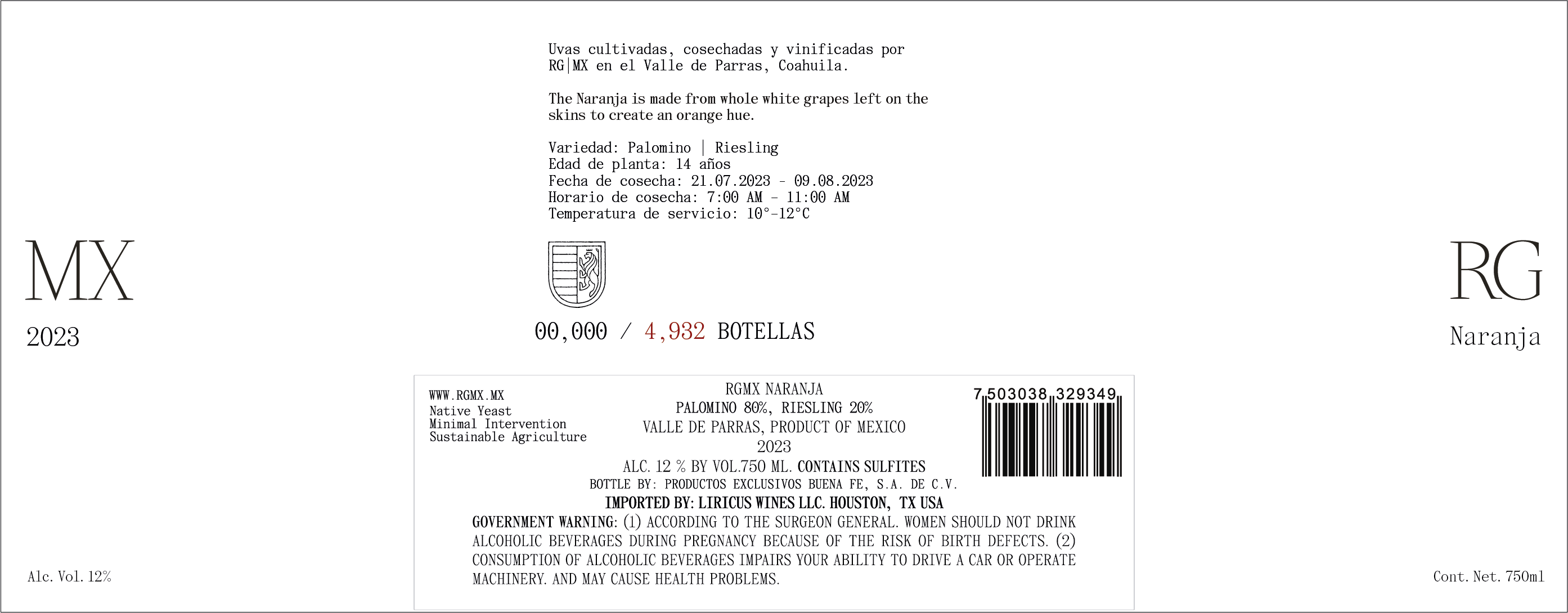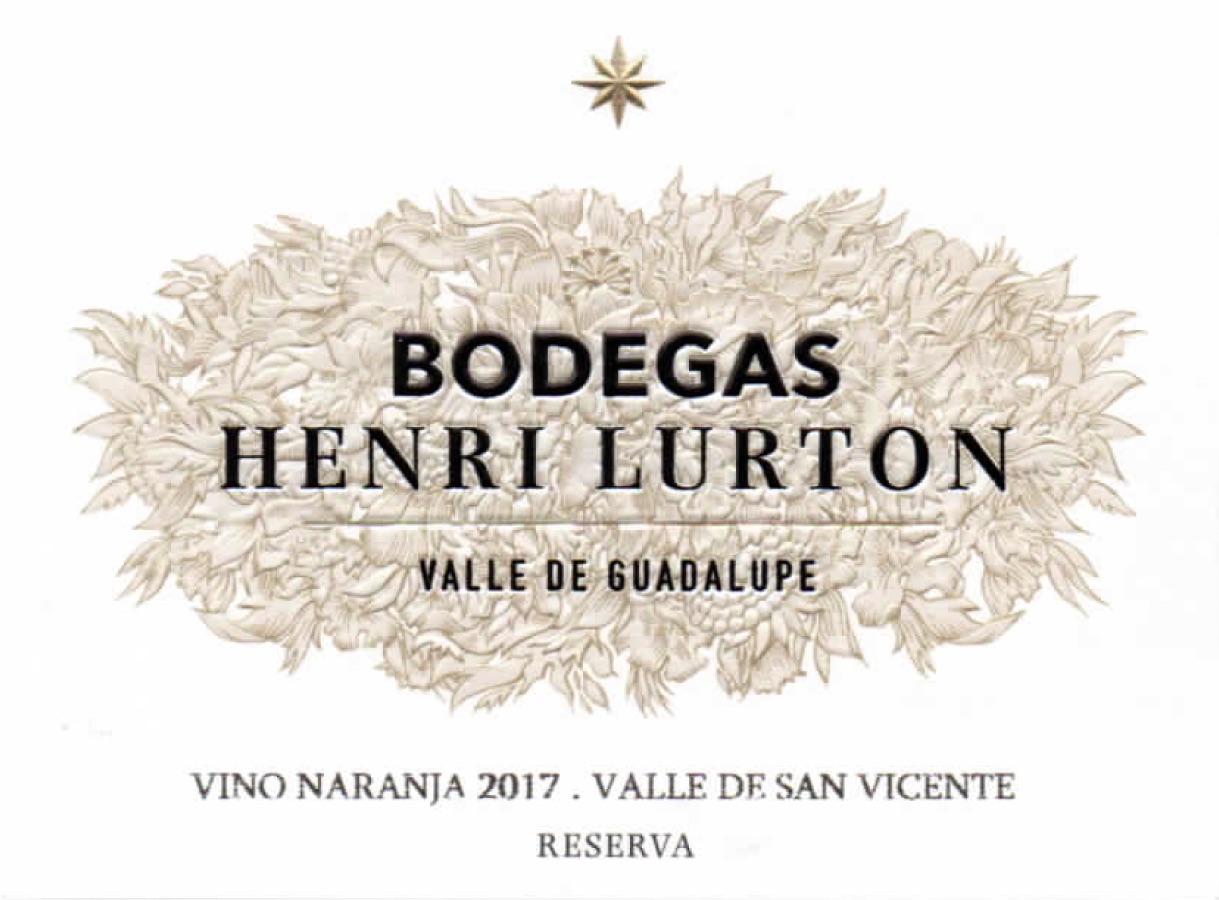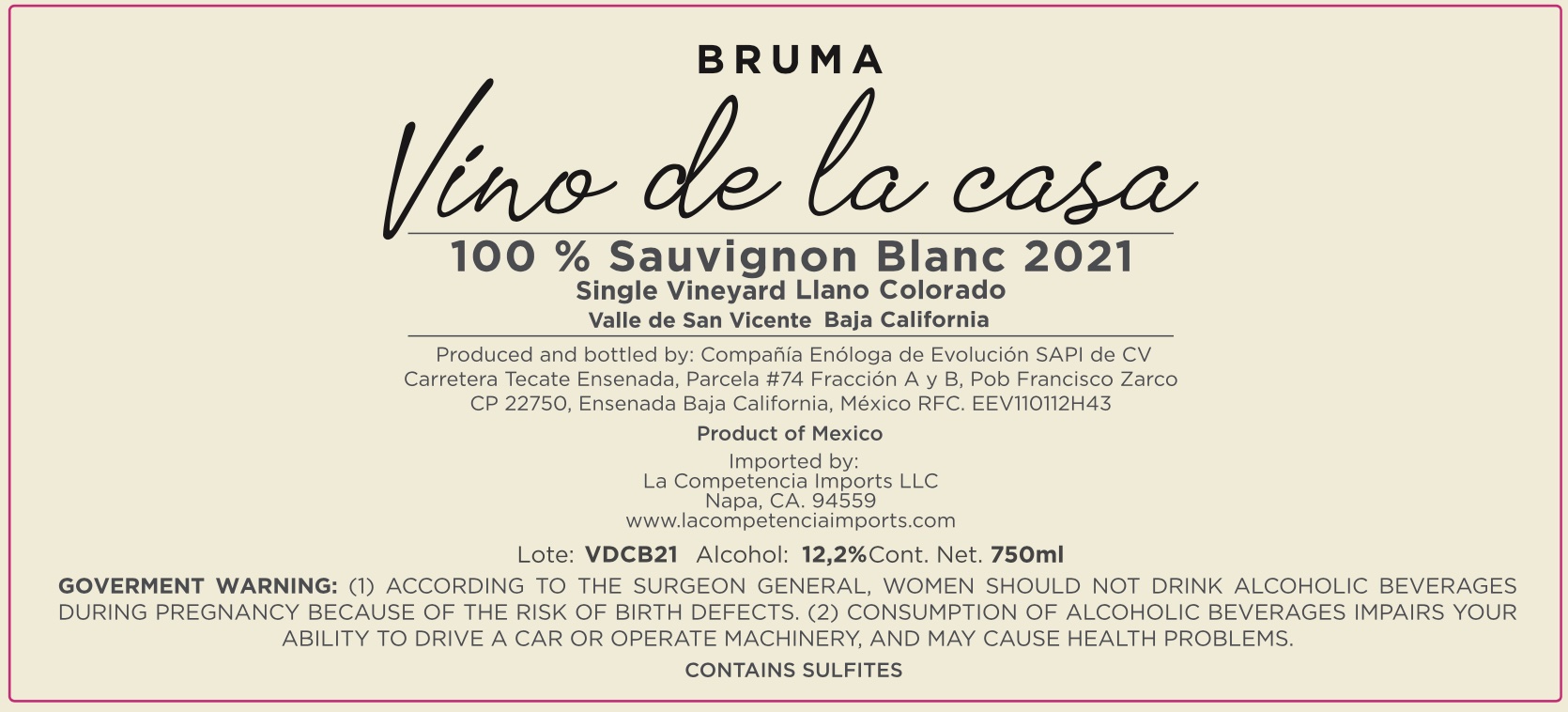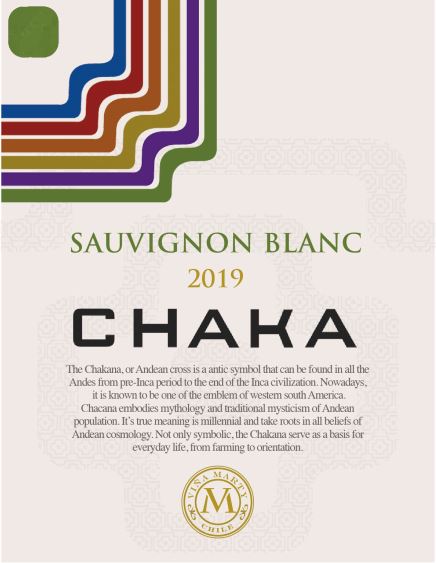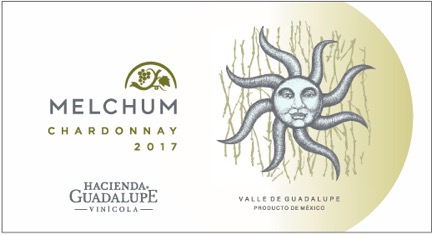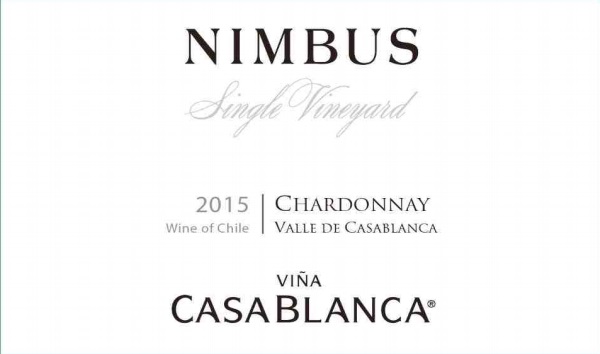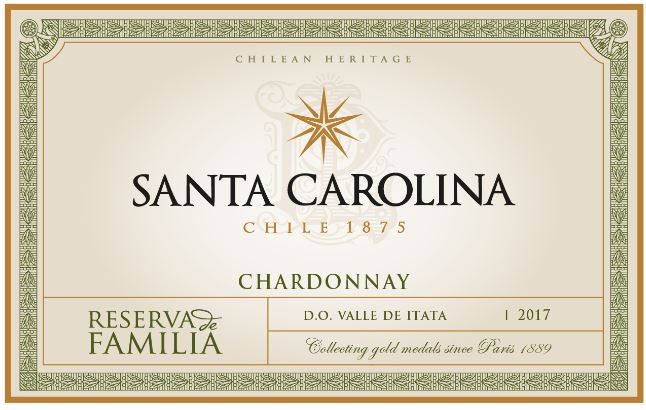Mexican Wine Regions
Mexico’s wine regions are shaped by striking landscapes and the resourcefulness of their winemakers.
Despite challenges such as intense heat and limited water, each area utilizes its unique climate and soils to produce distinctive, expressive wines.
Notable regions include:
-
Baja California: Mediterranean climate, cooled by Pacific breezes and morning fog, with granite and alluvial soils adding minerality.
-
Coahuila: High-altitude desert, marked by hot days, cool nights, and limestone-rich soils that retain moisture.
-
Central Plateau: Vineyards at elevations up to 7,500 feet, characterized by bold flavors and acidity thanks to dramatic diurnal temperature swings and heavier clay soils.
Sustainability in Mexican Winemaking
Sustainability plays a central role in today’s Mexican winemaking, shaped by both the country’s challenging climates and a long-standing respect for the land.
In areas where water is scarce, many vineyards use smart irrigation methods like drip systems and recycled water to make the most of limited resources. Growers are also adopting organic and regenerative farming, turning to compost and cover crops to keep soils healthy and reduce the use of chemicals.
This commitment to sustainability goes beyond the vineyard. Wineries are investing in eco-friendly building designs and working closely with local communities to support the people and places that make Mexican wine unique.
By combining traditional knowledge with new technology, Mexico’s winemakers are creating wines that not only capture the country’s bold landscapes, but also reflect a deep dedication to caring for the environment.
Wine Tourism in Mexico
Mexico’s wine scene is rooted in centuries of tradition and innovation, with the Valle de Guadalupe standing out as a hub for wine tourism and sustainability.
Here, visitors experience a blend of regional winemaking, eco-friendly practices like drip irrigation and composting, and a vibrant culinary scene.
-
Ruta del Vino: Journey along this scenic route to discover wineries set among rolling hills, each offering unique tasting experiences shaped by local terroir.
-
Baja Med Cuisine: Enjoy creative dishes that mix Mexican, Mediterranean, and Asian flavors, prepared with fresh ingredients from local farms and the nearby sea.
-
Harvest Festivals: Celebrate the region’s wine and food at events that highlight community spirit and sustainable viticulture.
-
Architectural Diversity: Explore wineries featuring both modern and traditional designs, many built with eco-friendly materials and green technology.
History of Mexican Wine
Mexico’s wine history began in the 16th century, when Spanish settlers introduced grapevines and established the first vineyards in the Americas. Over five centuries, the industry has faced royal bans, religious perseverance, immigrant influences, and a dynamic modern revival.
-
1521–1597: Spanish colonists bring Vitis vinifera; in 1524, Hernán Cortés orders vineyards planted, and Casa Madero becomes the oldest winery in the Americas.
-
1699–early 1800s: Spanish crown bans commercial winemaking in 1699; Catholic missions keep traditions alive, especially in Baja California, until the ban is lifted after Mexican independence.
-
Late 1800s–1904: European immigrants introduce new grape varieties and techniques; Russian Molokans settle in Valle de Guadalupe in 1904, further shaping the region.
-
1910–1920: The Mexican Revolution destroys many vineyards and halts progress.
-
1980s–Present: Modernization is sparked by the GATT agreement, Monte Xanic’s founding in 1987, and oenologist Hugo d’Acosta, with boutique wineries and sustainable practices driving quality.



